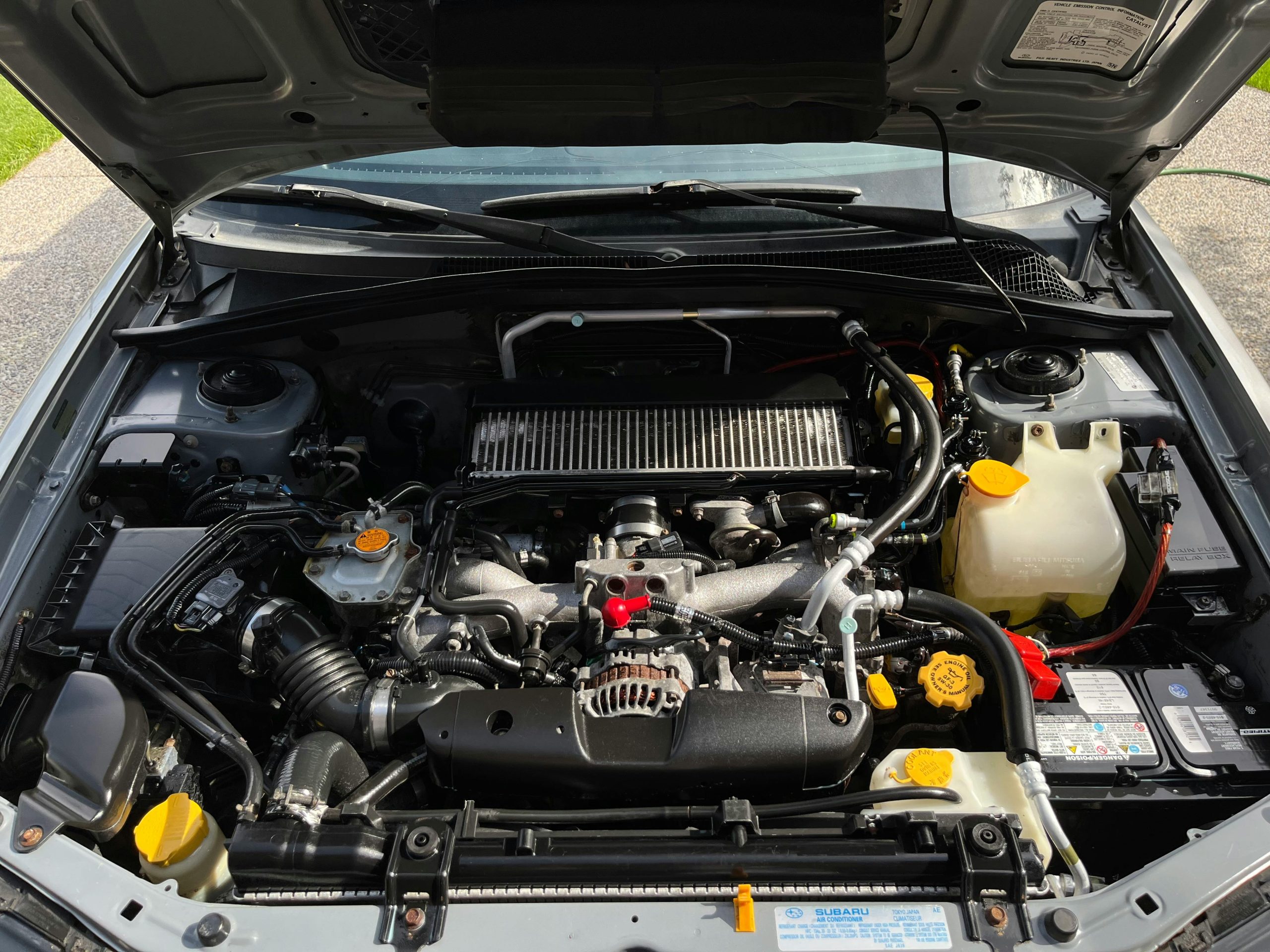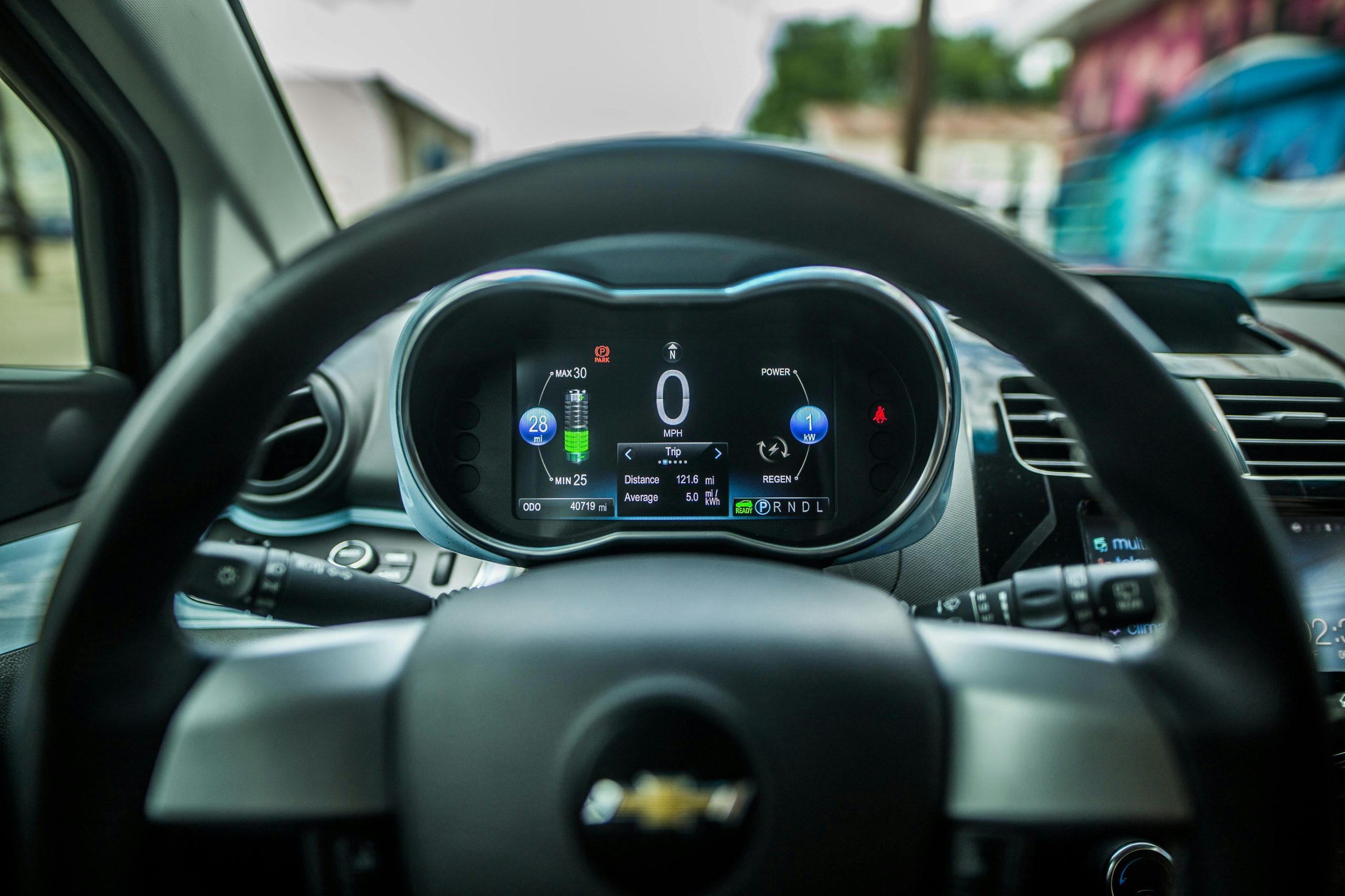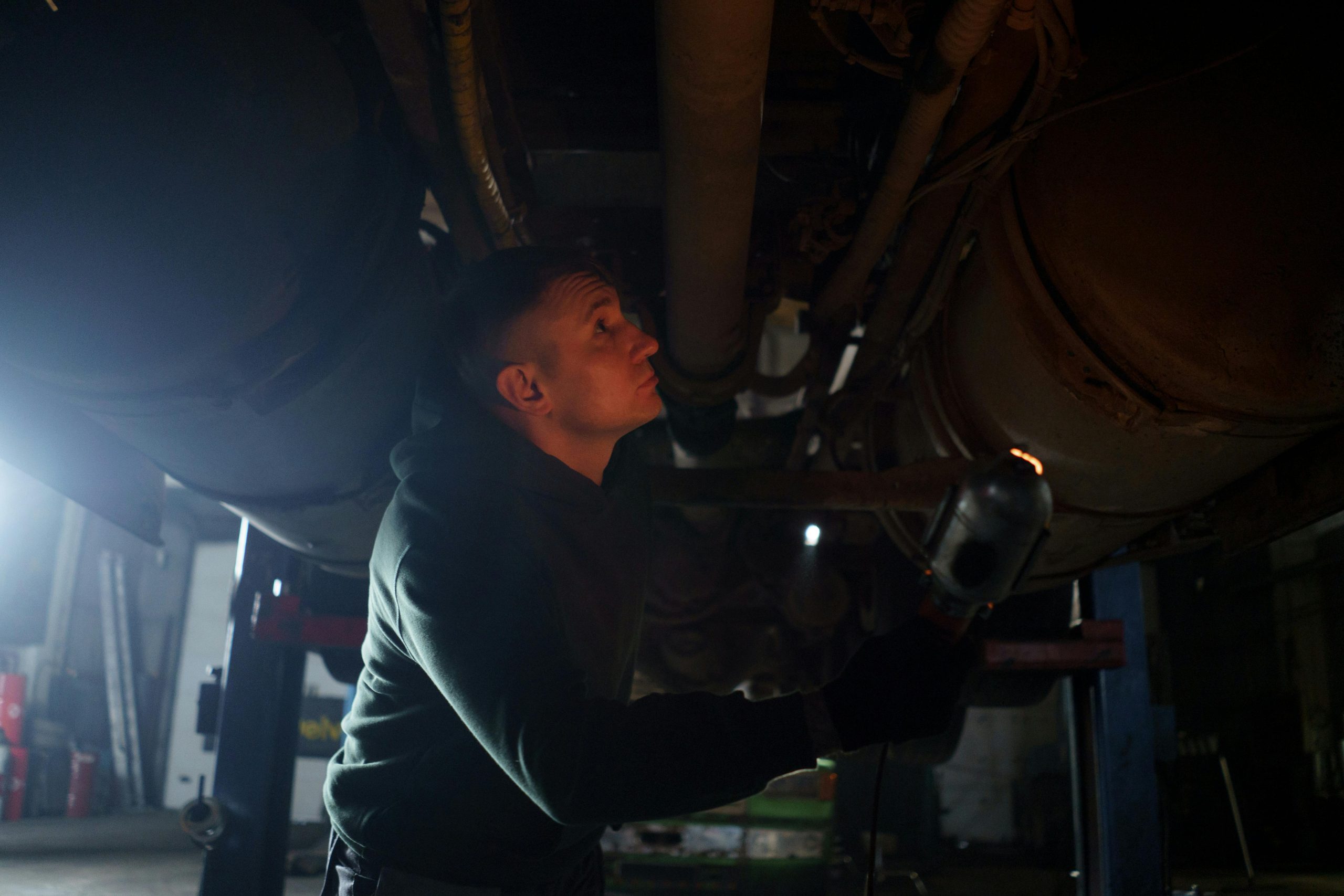Driving should be a smooth and enjoyable experience, but strange noises from your car can quickly turn that into a frustrating ordeal.
Rattling noises are among the most common complaints from car owners, and they can indicate anything from a minor annoyance to a significant mechanical issue.
Understanding what these rattles mean and how to diagnose them can save you time, money, and stress.
In this post, we’ll explore the common causes of rattling noises in cars and guide you through the steps to identify and address these issues. Let’s dive in!
What Causes Rattling Noises in Cars?
Rattling noises can come from various parts of your vehicle, and the cause often depends on where the sound is coming from.
Here are some common sources of rattles:
1. Under the Hood
- Loose or Worn Belts: A rattling noise from under the hood might be due to a loose or worn serpentine belt. This belt drives critical components like the alternator, power steering pump, and air conditioning compressor.
- Faulty Timing Chain: If the timing chain is loose, it can create a distinct rattling sound, especially during acceleration.
- Engine Components: Internal engine parts like lifters or valves can also cause rattling if they’re worn or damaged.
2. Suspension and Wheels
- Loose Suspension Parts: Worn-out suspension components like ball joints, sway bar links, or bushings can produce rattling sounds, particularly when driving over bumps or uneven roads.
- Wheel Bearings: Failing wheel bearings can emit a rattling or humming noise as the wheels turn.
3. Exhaust System
- Loose Heat Shields: The metal shields around the exhaust system can rust or come loose, leading to rattles, especially during engine revs.
- Damaged Muffler or Catalytic Converter: Issues in these components can cause a persistent rattling sound from underneath the car.
4. Interior Cabin
- Loose Objects: Sometimes, the rattling might be as simple as loose items in the glovebox, cupholders, or storage compartments.
- Faulty Trim Panels: Plastic or metal trim pieces inside the cabin can loosen over time, creating irritating noises.
How to Diagnose Rattling Noises
Figuring out what’s causing the rattling noise requires a systematic approach. Follow these steps to pinpoint the issue:
Step 1: Identify When the Noise Occurs
Pay attention to when the rattling happens:
- While Accelerating: This could indicate engine or exhaust system problems.
- During Braking: Check for issues with the brakes, such as loose calipers or worn pads.
- Over Bumps or Rough Roads: The suspension system may need inspection.
- While Idling: Look for loose components under the hood.
Step 2: Locate the Source of the Noise
Take a drive with the windows down to help identify where the noise is coming from:
- Front of the Car: Check under the hood or the suspension.
- Underneath the Vehicle: Inspect the exhaust system.
- Inside the Cabin: Look for loose interior components or objects.
Step 3: Perform a Visual Inspection
After identifying the general area, visually inspect the components. Look for:
- Loose or damaged parts.
- Signs of rust or wear, particularly in the exhaust and suspension systems.
- Objects trapped under seats or in storage compartments.
Step 4: Test Specific Components
- Gently shake suspected parts, like the heat shields or muffler, to see if they produce the rattle.
- Push down on each corner of the car to check the suspension for unusual movements or sounds.
Common Fixes for Rattling Noises
Once you’ve identified the cause of the rattling, you can determine whether it’s a simple fix or requires professional help. Here are some potential solutions:
1. Under the Hood
- Replace worn or loose belts.
- Tighten or replace the timing chain.
- Consult a mechanic for internal engine issues.
2. Suspension and Wheels
- Replace worn-out ball joints, bushings, or sway bar links.
- Check and, if necessary, replace the wheel bearings.
3. Exhaust System
- Reattach or replace loose heat shields using clamps or welding.
- Repair or replace damaged mufflers or catalytic converters.
4. Interior Cabin
- Secure loose trim panels with adhesive or fasteners.
- Remove unnecessary items that might be rattling around.
When to Seek Professional Help
While some rattling noises can be addressed with DIY solutions, others require the expertise of a professional mechanic. Seek help if:
- The rattling noise persists after your initial inspection and fixes.
- You notice additional symptoms, like reduced performance or warning lights.
- The issue involves critical components like the engine, brakes, or suspension.
Tips for Preventing Rattling Noises
Preventative maintenance can help you avoid rattling noises altogether. Here are some tips:
- Regular Inspections: Schedule routine maintenance checks to catch issues early.
- Tighten Loose Components: Periodically inspect and secure loose bolts, screws, and trim pieces.
- Replace Worn Parts: Address wear and tear promptly to prevent further damage.
Conclusion
Rattling noises in cars can be annoying, but they often provide valuable clues about underlying problems.
By identifying the source and addressing the issue promptly, you can restore your car’s smooth performance and enjoy a quieter ride.
If you’re unsure about diagnosing or fixing the problem, it’s always best to consult a professional mechanic. Keep your car well-maintained, and those rattles will be a thing of the past!



